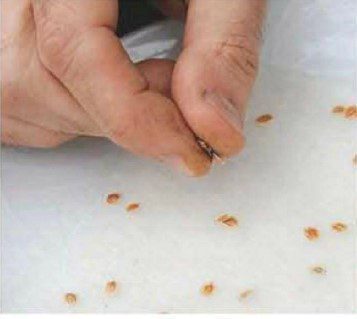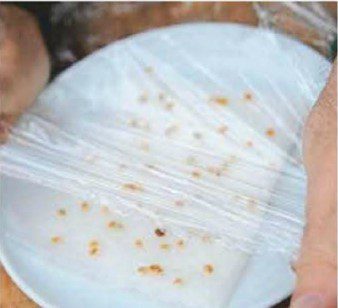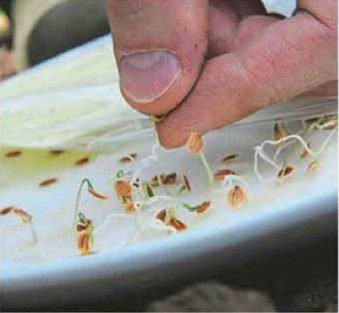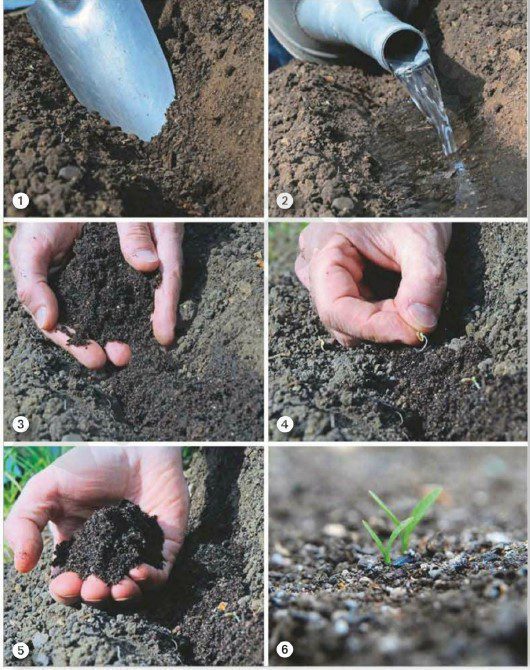How To Grow Parsnips
Enjoy your own sweet, tender parsnips in early autumn by sowing crops in March and April as soon as conditions are right.
Don’t rush – parsnips need a long growing season but are sensitive to cold and damp, so sowing seeds too early can lead to disappointment when they fail to germinate in wet, cold soil.
Like other root crops, parsnip seedlings should not be raised in pots indoors and then transplanted as their fragile taproots can get damaged and grow forked.
For the best results, either germinate seeds before sowing (see my tips below) or wait until the cold weather has passed and the soil temperature is above TC.
Before sowing directly outside. If in doubt, you can warm the soil first with a cloche.
Parsnip seed does not keep well, so make sure you use fresh.
New supplies. There are parsnip varieties of different lengths and sizes. But I always try to choose ones that have good resistance to canker disease.
My favorites include ‘Albion·, Archer,’ ‘Gladiator,’ and ‘Tender and True·. All of which have an Award of Garden Merit from the RHS.
Step by Step on How To Grow Parsnips
- Place a paper towel on a plate and moisten with water. Space seeds evenly over the
surface, making sure you sow plenty, as not all of them will germinate.

2. Cover the plate with cling film, sealing tightly around the edges. Place in a warm position in full light and ensure the paper towel stays moist.

3.Seeds germinate in 14-21 days. As soon as they form a root, they are ready to
sow. Hold gently by the seed coat to avoid touching the delicate roots.

Step By Step
Sowing and growing parsnips
Follow this simple guide to ensure a successful parsnip harvest.
1. Rake over the site to loosen the soil surface and remove any stones. Mark out rows roughly 30cm apart, taking out a shallow trench – about 5cm deep – with the tip of your trowel.
2. If conditions have been dry, dribble water along the length of the trench before you sow. Let the water drain into the soil to make sure it is thoroughly moist before planting.
3. Give seed the best start by filling the base of your trench with 3-4 cm of good quality seed compost. Spread this along each trench, firming it down gently to provide a level, even surface to sow into.
4. Space the seedlings out evenly along the rows, holding them by the seed coat. Most should produce a plant, but I space them about 10cm apart if some fail.
5. Quickly cover the seedlings with 1cm of seed compost, water them well to settle, and moisten the compost and soil.
6. If the rain holds off, keep watering every 2-3 days – the seedlings should emerge within 2-3 weeks. Let these grow for a couple of months and then thin them out, removing the weakest seedlings. Before thinning, water the soil well to loosen it. Leave the remaining seedlings spaced about 20cm apart.

Growing tips on How To Grow Parsnips
• Sow parsnips from March onwards provided the weather isn’t too cold. Some varieties can be sown up until May or June, but these will mature later than earlier sowings.
• Choose an open, sunny site where the soil will warm up quickly in spring.
• Avoid growing parsnips in cold, wet or waterlogged soil, as this will prevent germination and inhibit their development.
• Don’t plant parsnips in soil with lots of large stones as the roots will become forked and distorted.
• Keep crops watered during summer, particularly in dry weather. If necessary, water thoroughly every fortnight to ensure moisture gets right down to the roots.
• Ensure the surrounding ground is free from weeds. I prefer hand weeding as hoeing can damage the top of the roots.
• Start to harvest parsnips when the leaves die back. Check seed packets, but it should be any time from September onwards.
• Brush soil from the base of the plants to assess whether roots are large enough to harvest. Dig them up carefully whenever you need them, leaving the rest in the ground.


























